You may have read my previous posts about Point of View (POV) here and here where I listed several types of POV. Now there’s a new kid in town.

Known as Deep POV or Immersive POV, it forms a sub-category under close 3rd person POV. To refresh memories, an author writing in 3rd person refers to a character by name or a ‘him/her’ type of pronoun, not as ‘I’ or ‘you.’ In close 3rd person POV, the author shows the story’s world through one character’s eyes.
Deep POV shares these features, but goes, well, deeper. It attempts to convey the character’s overall experience, not just through the five senses alone, but also thoughts, feelings, insights, memories, and intuitions.
In normal 3rd person POV, I might write, “The reader read the blogpost entry written by Poseidon’s Scribe.” In Deep POV, I might write, “The blogpost’s words, so enlightening and educational, not only mesmerized but also evoked recollections of the best prose ever read. The reader recalled a third-grade teacher who spoke with equal clarity, from whom the reader gained, not just a passing grasp of the subject, but a profound understanding.”
Being so far within a character, so ‘one’ with a character and relating every impression, runs the risk of boring the audience. Therefore, the writer must select only the vital details. These details can serve as metaphors, as symbols, enhancing reader comprehension and appreciation.
Think of Deep POV as a technique, not an end goal. Your choice of this method should serve the story. Telling the reader a good story—maximizing the reading experience—remains your prime goal.
For a better understanding of Deep, or Immersive, POV, read two posts by author and literary agent Donald Maass here and here, as well as this post by creative wellness coach Kristen Keiffer. She provides instructions about how you can write in Deep POV.
You may now emerge back into your normal world after your trip far inside the mind of—
Poseidon’s Scribe

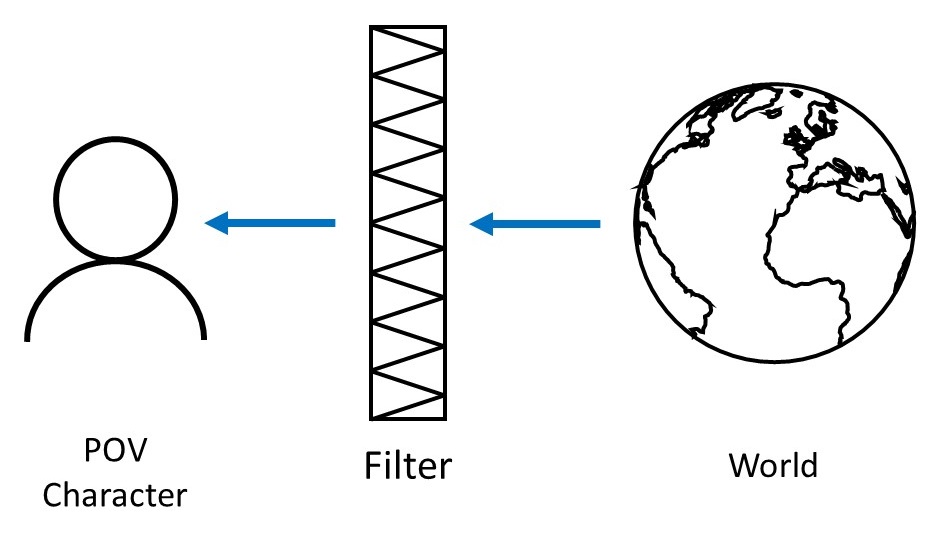
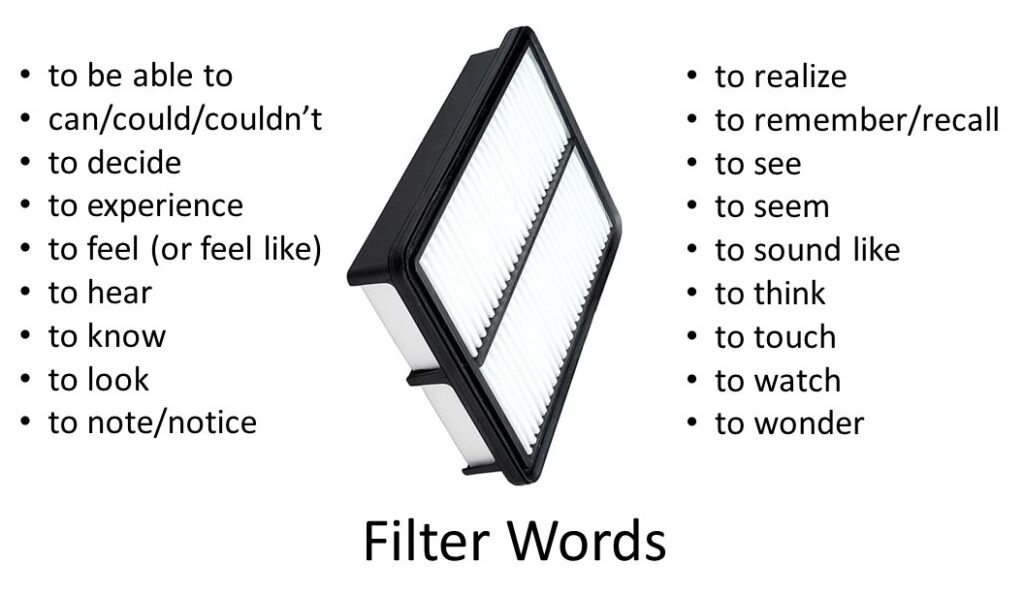

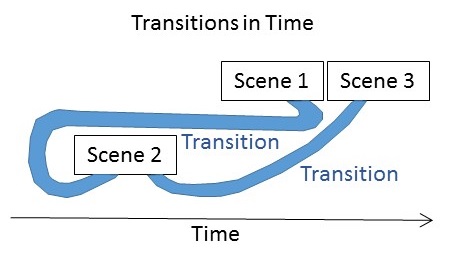
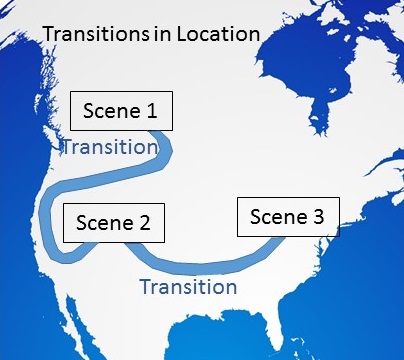
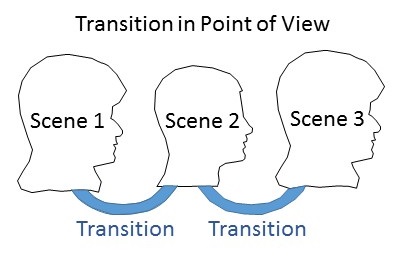
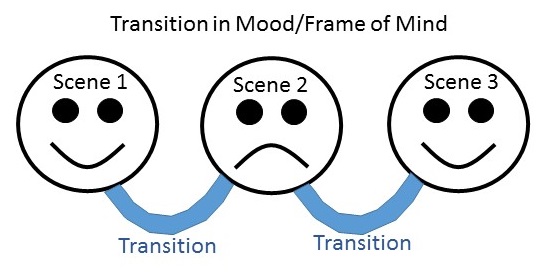
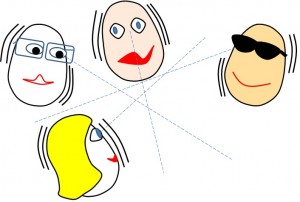 Four vital and weighty questions. An average blogger would shrink from the challenge of answering them all in one short post. But you’ve surfed to no ordinary website. I laugh at such challenges, or at least chuckle in a menacing way.
Four vital and weighty questions. An average blogger would shrink from the challenge of answering them all in one short post. But you’ve surfed to no ordinary website. I laugh at such challenges, or at least chuckle in a menacing way.